
Developer: Stray Fawn Studio
Publisher: Stray Fawn Studio, WhisperGames
Platform: PC (Steam)
Tested on: PC (Steam)
Nimbatus – Review
The niche of creative building games is an interesting one; it’s similar to the simulator genre but not quite. Instead of asking for the player to do something that exists in real life, they ask for the player to make their own version, for better or worse. Nimbatus does exactly this for something that doesn’t even exist at the moment, allowing players to build and develop spaceships.
Story
Nimbatus’ story is contained to its Single-player mode, which plays as a roguelike and in consequence, has the kind of superficial story expected from the genre. After the development of space exploration, the colonization of Mars and first travel through wormholes, humanity developed the Nimbatus, the biggest mobile drone factory ever.
As the captain of the Nimbatus, the player is tasked with commanding and engineering drones in order to explore space. During the first flight of the ship, the Corp, an unscrupulous tech company attacks, disconnecting and stealing the player’s warp drive.
From this point onwards, the objective of the game will be to progress from galaxy to galaxy chasing the Corp’s ship in order to retrieve the warp drive. To do so, the player will have to fulfill missions in different planets and travel through wormholes.
Graphics
The graphics in Nimbatus are really good and everything is well made. The different ship parts are easy to distinguish from each other and recognizable. Enemies are also unique while sticking to a general theme, be it machine, bug, ice, etc.
Ships can also be equipped with skins to make them even more personal and unique once built, allowing the player to pick and mix from the existing to their heart’s content.
Sound
Nimbatus has pretty well made sound effects and soundtrack. While it could be argued that the soundtrack is kind of generic “space music”, it falls under personal opinion of the players as the quality is definitely there.
All SFX are different for each piece of the ship, enemy or environmental effect, there’s not two of them that are the same. There are also no audio bugs, staggering, etc; the game is as clean as it can be in this department.
Gameplay
Gameplay is the most important part of Nimbatus around which everything else orbits. The core of it is a ship building game, though the single-player mode is a roguelike. To first address the shorter part, the roguelike part of the game is not particularly good, it’s repetitive and samey, while limiting the player’s building materials.
As previously mentioned, the setup of the game is the Corp has attacked the Nimbatus and the player has to get their warp drive back. During the playthrough, as the player moves from planet to planet, they rack up a percentage of “threat”, increasing the chance of the Corp’s ship or drones finding and attacking the Nimbatus. With each attack endured, the Nimbatus loses a point of hull, these can be restored at garages in exchange for one of the game’s currencies, but if at any point it reaches 0 it’s game over.
On every galaxy the player passes by, there is a point requirement to advance to the next; these points can be obtained by fulfilling the missions on each planet, which net more points the more difficult they are. These missions can be of several types, from retrieving items, to fighting enemies or blowing up huge laboratories. All that said, missions tend to repeat a lot, so once one of each kind has been beat the rest will feel exactly the same, though harder as the game progresses.
Repetition is a big issue with the single-player mode of Nimbatus, there is not enough variation of missions, enemies and planets to make a playthrough maintain the charm. After a while they all just blend together, making a, pun not intended, bland experience.
Now that everything about the single-player mode has been mentioned, talk about the multiplayer and creative modes can start. While it’s true the creative mode is just a single-player campaign with everything unlocked, the objective shouldn’t be playing through it, but rather using the planets as test grounds for the ships made.
The multiplayer mode is a series of competitions in which the player can participate with the ships built in the creative mode, though with some limitations for balance. The competitions range from races, to sumo matches to all-out brawls. As one of the main limitations and interest points, the ships used in these must be fully automatic, without any player input. To do so, the players have several pieces that can be integrated to automate the ship, though at times they can opt for alternative strategies.
These competitions are one of the most unique parts of the game, since they offer PVP gameplay. As such, on each competition, the player may encounter tons of different enemy ships, all of them unique in their own way.
As mentioned, the player can build anything that comes to mind for this and the creative mode. Thanks to this, anything can be developed, from simple and straightforward ships to ones that disassemble themselves or have automatic mechanisms, which is all up to the player.
A little difficulty bump that can be encountered is the wonkiness of the movement. All the ships have a center of mass, which has to be toyed with to maintain them moving straight. The problem here is that even with a perfectly centered ship; the player still has to take into account other things such as moving parts, momentum and inertia, complicating the gameplay.
One really nice feature available on Nimbatus is the possibility to upload and download ships on the Steam Workshop, allowing fiddling with other player’s designs, modifying and toying with them. Ships can also be saved and stored locally as files in order to back them up and restore later on, though this process is somewhat finicky.
Finally, there is an especially insidious “bug” worth mentioning. At times, the ship will get stuck against invisible pixels of dirt, blocking the movement until it is cleared. While it might seem simple enough to just use some tools to find and remove this pixel, depending on the type of ship this may not be possible, forcing the player to straight up restart the mission, increasing the threat level once more.
Conclusion
Nimbatus is a really good game, it has good graphic and audio quality and great gameplay, at least from the building sandbox standpoint. If that’s what a player is looking for, they should look no further, this game will more than provide. But, if they’re looking for a roguelike, this is not the game for them. The roguelike gameplay of the single-player is neither the core experience nor what it should be judged for; instead, it should be considered just another mode.
Personal Opinion
“I had a ton of fun with Nimbatus, at least once I got bored with the survival mode and ditched it for the other modes. While it works as a way to ease the player into the basics, the survival mode is really repetitive, and after a pair of hours, it gets straight-up boring. What saves the game is what I’ve mentioned during the review on several occasions; the freedom to build whatever the player wants. Trying dumb stuff to see what happens, for example by making a massive aberration of a ship to see its speed, is the point of the game, not playing through a drag of a roguelike. A lot of the players seem to misunderstand this, leaving negative reviews on Steam complaining about this, but if the player goes in knowing what to expect they won’t be disappointed.”
Nimbatus - Review,
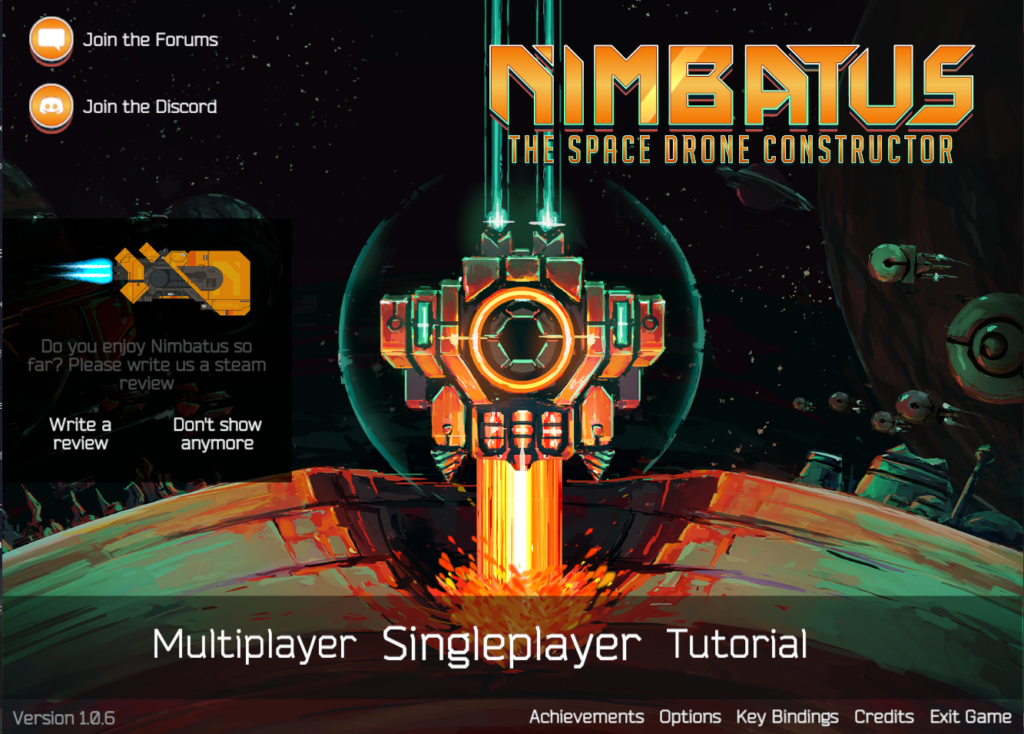
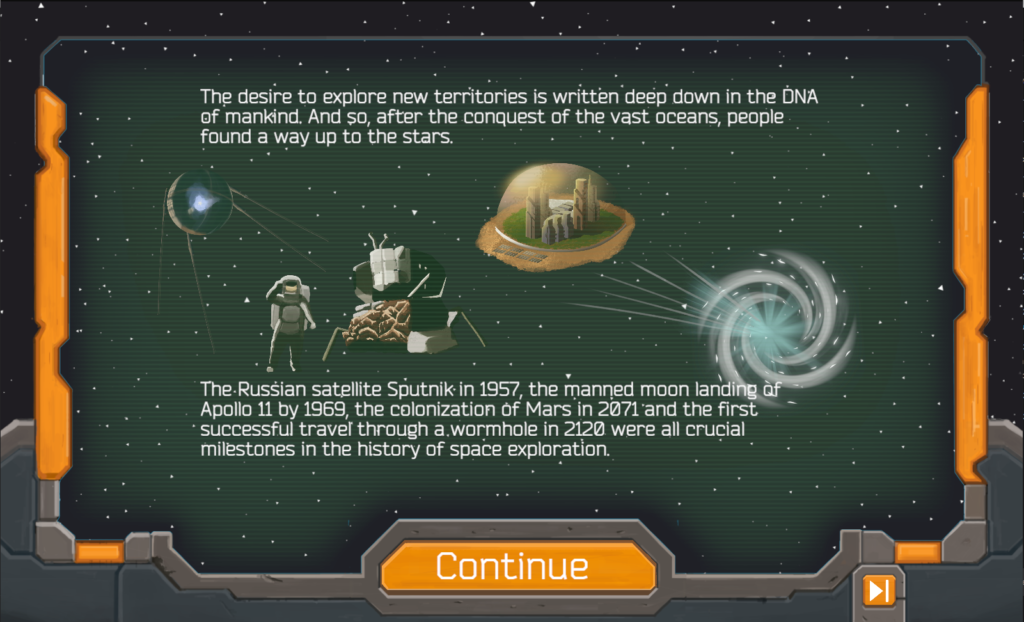
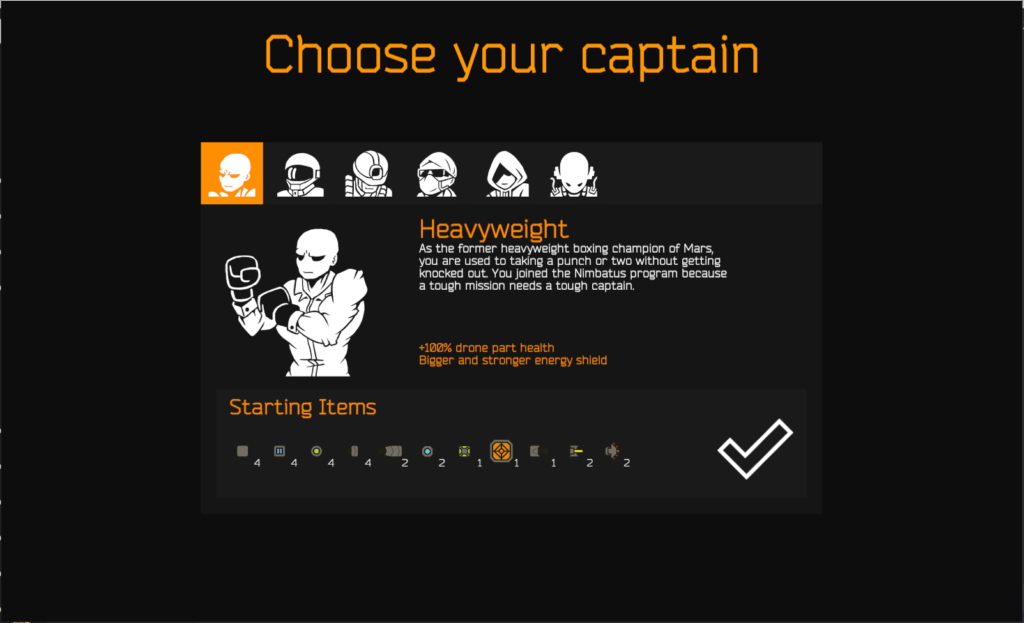
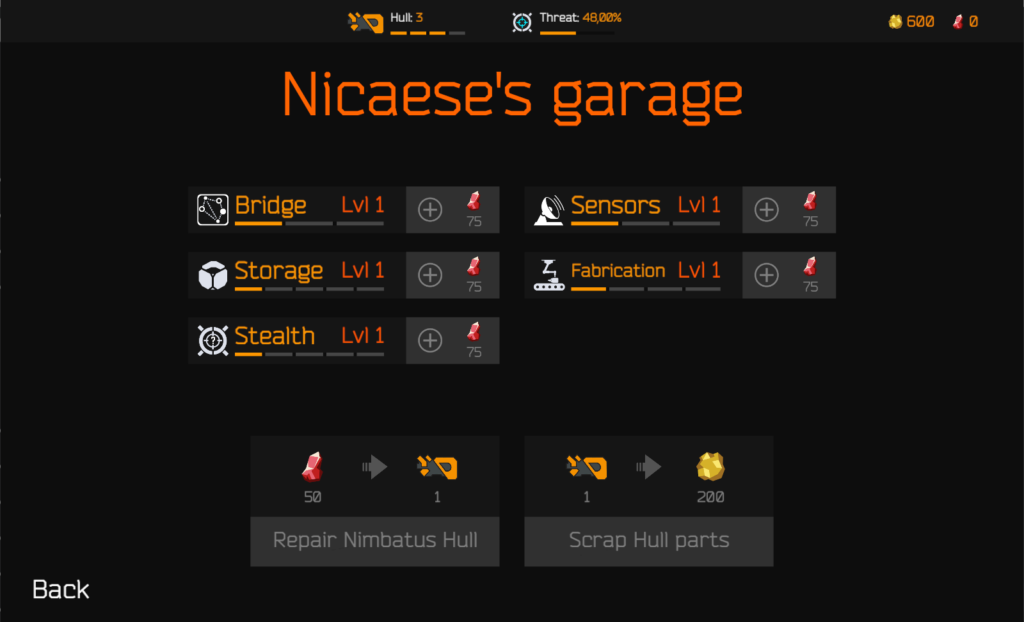

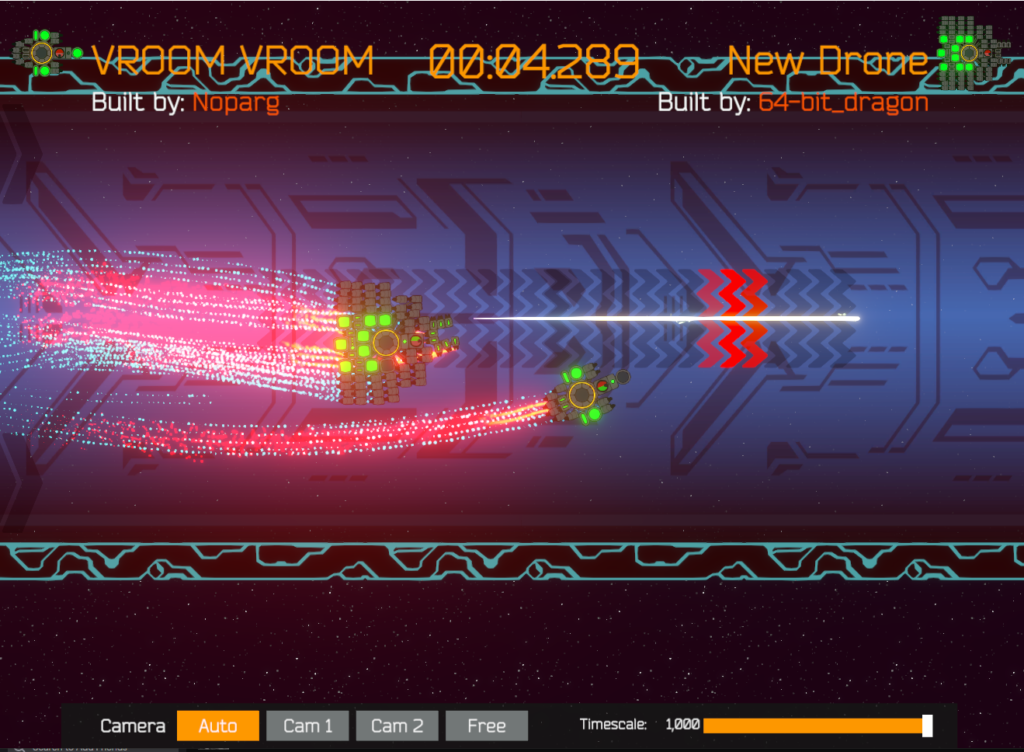

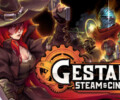


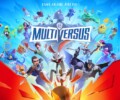
No Comments